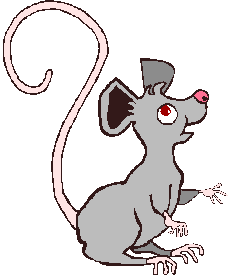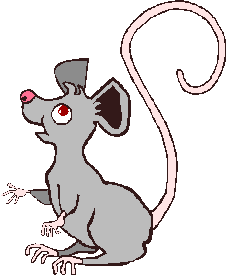 |
|
 |
|
| A
Growing Cottage Industry |
| |
 This really was a 'cottage industry' as the
cottages were sculpted and cast in a converted coalshed next to the house
belonging to David's parents. Audrey painted them in her living room while John
Hine drove around selling them to the shops. There was no initial capital and
only when they had sold the cottages could they then purchase the materials
needed to make more. This really was a 'cottage industry' as the
cottages were sculpted and cast in a converted coalshed next to the house
belonging to David's parents. Audrey painted them in her living room while John
Hine drove around selling them to the shops. There was no initial capital and
only when they had sold the cottages could they then purchase the materials
needed to make more.
 Apart from the very first Mill House, which
David Winter painted himself, Audrey White painted all the cottages in the
first six months. Initially this was with batches of three or four, but as the
year progressed the orders gradually increased, and to keep up with the demand,
production had to increase. A regular routine was established whereby last
thing at night Audrey would leave the painted cottages outside her back door
and John would collect them early the next morning, replacing them with more
unpainted models. Apart from the very first Mill House, which
David Winter painted himself, Audrey White painted all the cottages in the
first six months. Initially this was with batches of three or four, but as the
year progressed the orders gradually increased, and to keep up with the demand,
production had to increase. A regular routine was established whereby last
thing at night Audrey would leave the painted cottages outside her back door
and John would collect them early the next morning, replacing them with more
unpainted models.
 For the heraldic plaques acrylic paints had been
used. However, it was found that this was not suitable for the cottages and
another style had to be developed. A test using powder paints mixed with water
was tried but the effect was too dull. Then they tried mixing the powder paints
with white polish and methylated spirits. This gave a slight sheen to the
cottages and had the additional benefit of allowing the paint to flow into all
the tiny crevices. It worked beautifully, and this basic formula is the one
still in use today. For the heraldic plaques acrylic paints had been
used. However, it was found that this was not suitable for the cottages and
another style had to be developed. A test using powder paints mixed with water
was tried but the effect was too dull. Then they tried mixing the powder paints
with white polish and methylated spirits. This gave a slight sheen to the
cottages and had the additional benefit of allowing the paint to flow into all
the tiny crevices. It worked beautifully, and this basic formula is the one
still in use today.
 By the summer of 1980 it had became apparent that
more hands were needed and so additional people were drafted in to help. David
Winter Cottages had ceased to be an experiment and had developed into a valid
product in the giftware market. By early 1981 it was apparent that the coalshed
had outgrown its requirements and so a converted shop, in a village just
outside Aldershot, was taken on. There was a studio for David as well as room
for all mouldmaking, casting and painting to be done at the same
premises. By the summer of 1980 it had became apparent that
more hands were needed and so additional people were drafted in to help. David
Winter Cottages had ceased to be an experiment and had developed into a valid
product in the giftware market. By early 1981 it was apparent that the coalshed
had outgrown its requirements and so a converted shop, in a village just
outside Aldershot, was taken on. There was a studio for David as well as room
for all mouldmaking, casting and painting to be done at the same
premises. |
|
|
|
|
 |
|
 |
|
|



